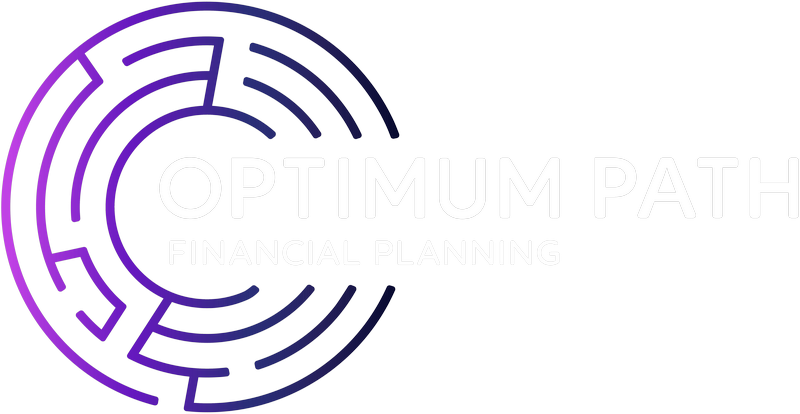16 November 2018
Getting to grips with pensions: The difference between DB and DC schemes
;)
Your pension is likely to be one of the largest funds you build up. But pensions can be complex and packed with jargon that makes wading through retirement decisions challenging. Even the most commonly used pension terms can be confusing thanks to miscommunication and misconceptions.
Some pension savers are even unsure of the type of pension they’re paying into. With this having a huge effect on the income expected in retirement, it’s important to get to grips with what Defined Benefit (DB) and Defined Contribution (DC) schemes are.
Defined Benefit: DB schemes are sometimes referred to as Final Salary pensions. This is because the amount that you receive in retirement is linked to your earnings. You know from the outset how the income paid from a DB scheme is calculated. It varies between schemes but is typically related to how long you were employed by the company and your average salary over a defined period of time, such as the last 10 years.
The money provided by a DB scheme is guaranteed and usually linked to inflation to retain spending power.
Defined Contribution: DC schemes are where you contribute an amount to your pension, often with set, regular payments. This money can then be invested, with the aim of growing your retirement provisions until you need to take an income. The ultimate value and, therefore, the level of income that you can take from a DC scheme will be directly linked to the contributions you make and the performance of the investments. As a result, there’s no guarantee on the income you will receive.
Once you want to withdraw from a DC pension scheme, there are several different options to choose from, which we’ll look at later.
While the difference between DB and DC schemes have a significant impact on your retirement finances, pension misconceptions are rife.
- 40% of millennials believe they are paying into a DB scheme, according to research from the Wisdom Council
- The reality is that only 20% of millennials have any element of a DB pension at all, figures from the Office of National Statistics suggest
Lack of trust in the pension industry stems from a range of factors. But the Financial Conduct Authority (FCA) suggests that many not having a clear distinction between DB and DC schemes plays a role.
High profile pension scandals have undoubtedly influenced how people view the pension industry. However, these cases tend to be related to DB schemes, such as the British Steel and Carillion pensions, while most pensions open to new members today are DC schemes. Members of DB pensions can also access compensation should a pension scheme become insolvent.
So, how do the different pension schemes affect your retirement options?
Defined Benefit pension scheme and your retirement
A DB pension scheme provides a level of certainty in retirement and often gives a higher level of income. DB pensions are often labelled as the ‘gold standard’ as a result. Many have closed to new members due to the cost of running them.
As a member of a DB scheme, you’ll usually have a retirement date, from which it will begin paying out a previously defined level of income. You don’t have to worry about how investments have performed, this is the responsibility of the trustees.
The only decision you’re faced with is whether to transfer out of the pension scheme. More members of DB schemes have been considering this option due to the high transfer values offered. It’s not unusual to be offered 20, 30 or even 40 times the annual value of a pension. However, transferring out of a DB pension is rarely the best course of action once the guaranteed income and other benefits are considered. If you’d like to discuss you DB scheme and retirement income, please contact us.
But what about pension scandals? It’s true that DB pension schemes have collapsed in the past, leaving members struggling financially. However, it’s important to note that this has only happened in a small number of cases. Following DB pension scandals, the Pension Protection Fund was also set up. This was established to pay compensation to DB pension members should insolvency happen, providing you with protection.
Defined Contribution pension scheme and your retirement
With a DC pension scheme, you can usually start to access the money in it from the age of 55. The size of your pension will depend on the contributions you’ve made and how it’s grown. When you come to accessing your pension, you have several options open to you thanks to Pension Freedoms being introduced in 2015.
Taking a lump sum: You can choose to take a lump sum out of your pension. The first 25% is tax-free and can be used to fund early, often more active years of retirement. You can take the tax-free amount either as a single payment or over multiple withdrawals. You can take more as a lump sum but above the 25% tax-free threshold you may have to pay Income Tax, which can prove expensive.
Leave your money in your pension: Many retirees are choosing to move away from a set retirement date. Whether you continue to earn through employment or have other sources of income, you don’t have to use your pension at a defined point. You can leave it within the fund, where it will continue to be invested and, hopefully, grow.
Use Flexi-Access Drawdown: This option provides you with more flexibility. Your money will remain invested while paying you a regular, taxable income. The level of income you take can be adjusted to suit changing needs. It’s a choice that can mean your retirement savings grow but, as with all investments, there is a risk that the value will decrease too. You may have to pay tax on the income taken through Flexi-Access Drawdown.
Purchase an Annuity: Purchasing an annuity is the only way to guarantee income when you have a DC scheme. You use the cash within your pension to purchase an income, often for the rest of your life. In some cases, this can increase in line with inflation. Rates vary between providers so shopping around is important. You may pay tax on your annuity income.
If you’re confused about your pension options with a DC scheme, we’re here to help you. One of the key things to remember when accessing your pension is that it needs to support you throughout the remainder of your life. Ensuring you’re taking a sustainable level of income can be challenging, this is an area where our cashflow modelling expertise can provide clarification.
To discuss your current pension savings and how these will provide you with an income as you move into retirement, please contact us. We can help make the plethora of pension information relevant to you, reflecting your aspirations and priorities.
Please note: A pension is a long-term investment. The fund value may fluctuate and can go down, which would have an impact on the level of pension benefits available. Your pension income could also be affected by the interest rates at the time you take your benefits. The tax implications of pension withdrawals will be based on your individual circumstances, tax legislation and regulation which are subject to change in the future.
Category: News
